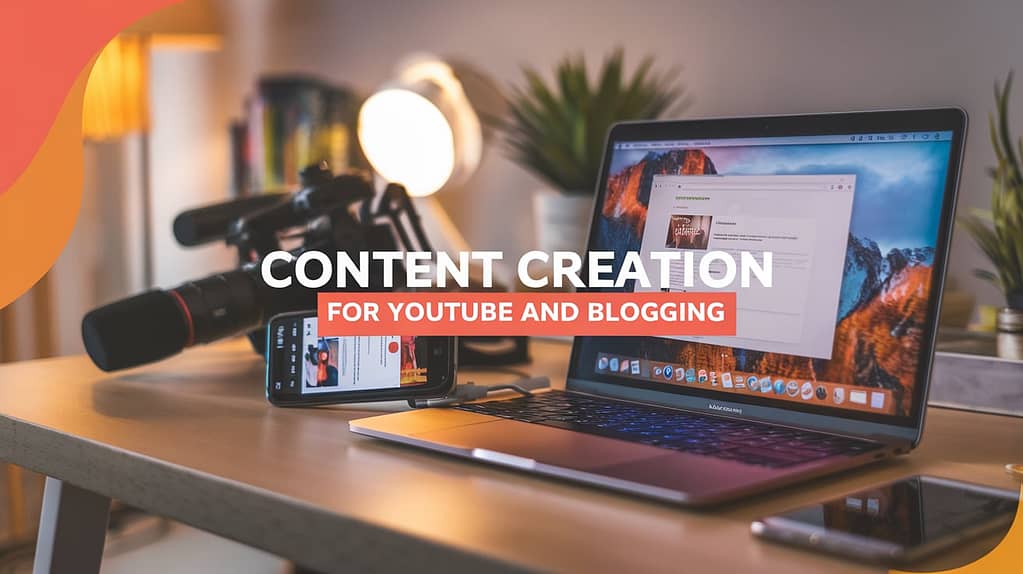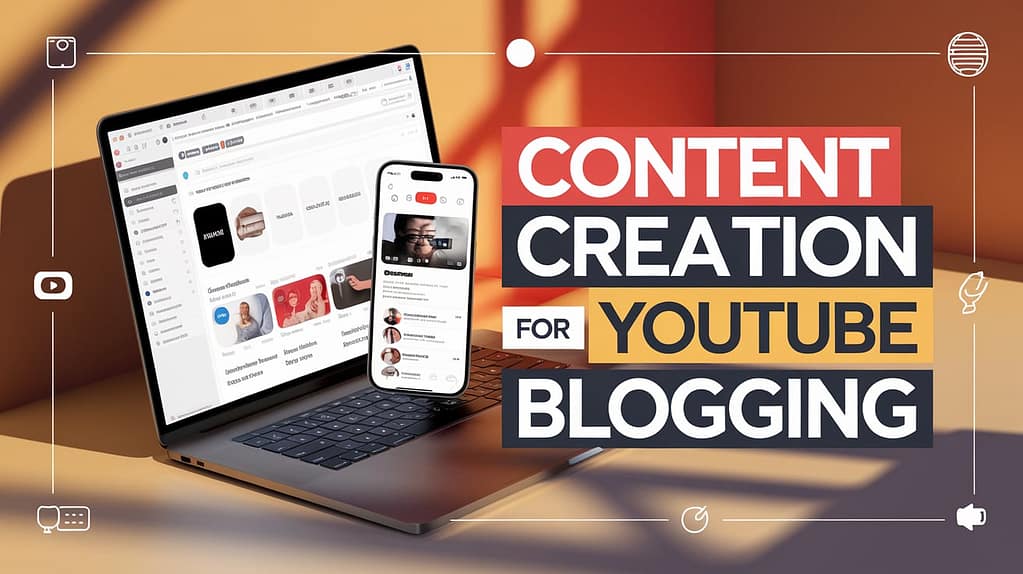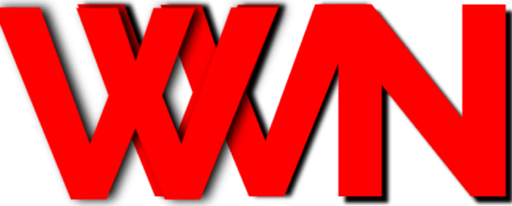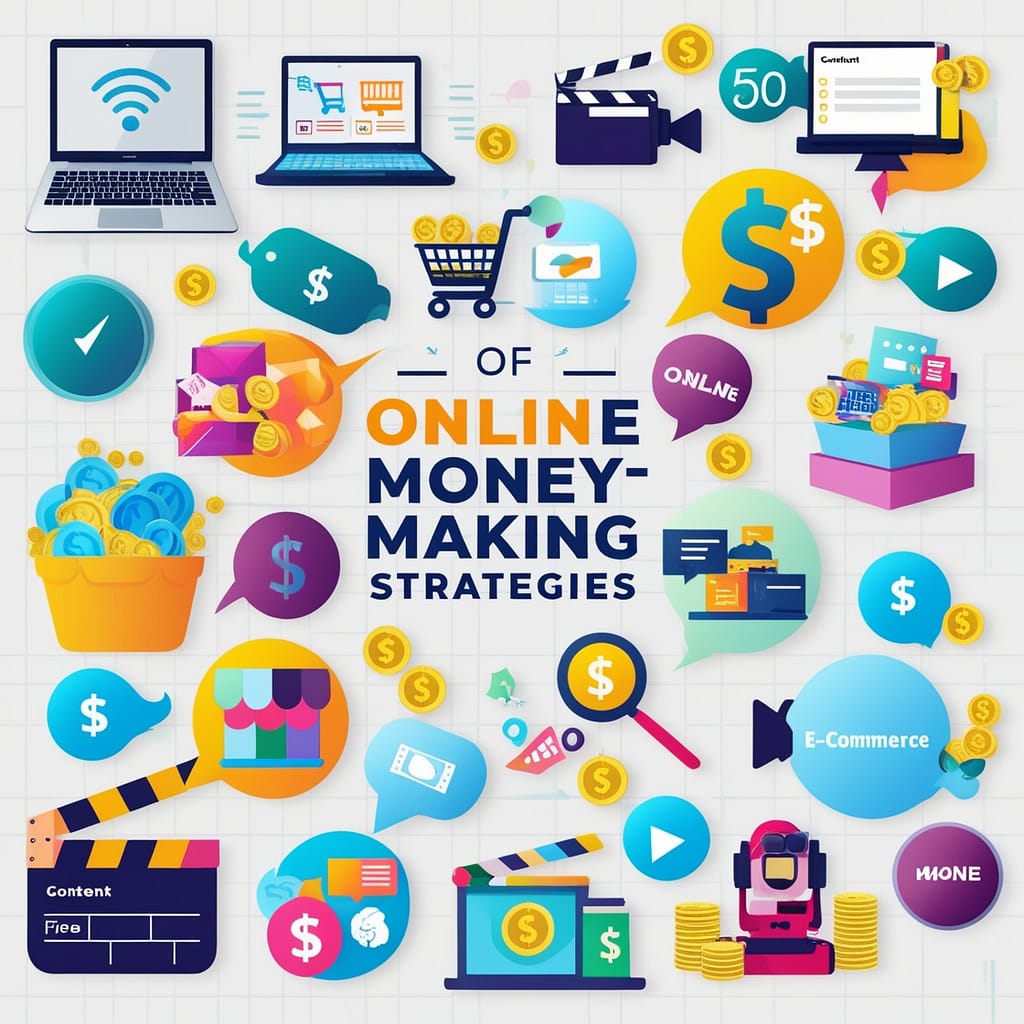The Ultimate Guide to Content Creation for YouTube and Blogging 2024: Pros, Cons, Platforms, and Pricing

Are you exploring Content Creation for YouTube or Blogging. This comprehensive guide covers the pros, cons, benefits, and top platforms for starting or expanding your journey. Learn about the best-priced options and where to begin for successful content creation.
Introduction
Content creation has become a gateway for many to share knowledge, express creativity, and even earn a steady income. From YouTube videos that reach millions to blog posts that engage niche audiences, creators can shape opinions, teach new skills, or simply entertain. But before diving in, it’s essential to understand both the upsides and potential challenges in the content creation world. This blog will explore why content creation might be a perfect fit for you, compare top platforms for affordability and features, and provide all the details you need to get started.
Why Choose Content Creation for YouTube or Blogging

1. Diverse Income Streams
One of the greatest advantages of content creation is the opportunity to generate multiple income streams. YouTube creators earn through ads, sponsorships, merchandise, and memberships, while bloggers can monetize through affiliate marketing, sponsored content, and ads. With the right approach, content creation can become a sustainable source of income.
2. Creative Expression
Whether it’s storytelling, sharing expertise, or showcasing talent, content creation allows individuals to express themselves creatively. YouTube is ideal for creators who enjoy video production, while blogging suits those who love writing and structuring in-depth articles.
3. Building a Personal Brand
Content creation lets you build a brand around your personality, skills, or interests. A strong personal brand can open doors to new opportunities in freelancing, consulting, or even public speaking, increasing your influence in your niche.
4. Flexibility and Freedom
Content creation can be done from anywhere and, often, at any time. Many creators start part-time and gradually grow to full-time, managing their schedules around other commitments. This flexibility appeals to those who want independence and control over their work-life balance.
Pros and Cons of Content Creation for YouTube and Blogging
Pros:
- Scalability: Content creation on YouTube and blogging can reach millions globally. The potential for growth is significant.
- Community Building: Creating content builds a loyal audience, fostering a community of like-minded individuals.
- Income Potential: Over time, content creation can become a profitable endeavor.
- Learning Opportunities: Content creation is an ever-evolving field, offering creators new skills in digital marketing, SEO, video editing, and more.
Cons:
- High Competition: Content platforms are crowded, making it challenging for new creators to stand out.
- Initial Investment: For quality content, investing in equipment (cameras, microphones, or hosting services) is often necessary.
- Consistency Required: Successful content creation requires consistent posting schedules, which can be demanding.
- Algorithm Dependency: YouTube and blogging platforms rely on algorithms that may limit reach if not well-understood or optimized.
Benefits of Content Creation for YouTube and Blogging

Audience Reach and Engagement
YouTube and blogs both offer vast reach potential. YouTube’s recommendation algorithm helps videos go viral, while SEO-optimized blogs can draw significant organic traffic from search engines. Each platform has its unique ways of engaging audiences, allowing creators to cultivate followers or subscribers who regularly interact with their content.
Skill Development
Content creators develop valuable skills that extend beyond their platforms. Video creators learn filming, editing, and scriptwriting skills, while bloggers develop expertise in SEO, digital marketing, and content strategy. These skills are transferable and can increase career opportunities in content marketing, social media management, or consulting.
Autonomy and Control
Content creators decide the direction of their content, which brings freedom to explore new ideas without external pressure. This autonomy allows creators to stay true to their interests, fostering a sense of purpose and fulfillment.
Choosing the Best Platforms for Content Creation for YouTube and Blogging
1. YouTube – The Premier Video Platform
Price: Free, but some creators invest in premium editing software and equipment.
Why Choose YouTube: YouTube is the second-largest search engine globally, making it an ideal platform for video content that reaches wide audiences. Its monetization options allow creators to earn ad revenue once they reach certain milestones.
Pros:
- Strong discoverability and recommendation system.
- Monetization through ads, memberships, and Super Chat.
- Offers live streaming, creating another layer of engagement.
Cons:
- High competition and changing algorithm impacts views.
- Equipment and software for quality video production can be costly.
2. WordPress with Hostinger – Perfect for Bloggers
Price:
Starting at 69/month (for hosting on Hostinger)
Why Choose WordPress:
WordPress is a popular blogging platform due to its customization options and robust SEO capabilities. With WordPress, you own your content and can design a site that reflects your brand.
Pros:
- High level of customization with plugins.
- Great for SEO, helping blogs rank in search engines.
- Control over monetization through ads, affiliate links, and sponsored posts.
Cons:
- Hosting and domain costs add up over time.
- Requires time to learn WordPress’s backend and SEO strategies.
3. Medium – A Cost-Effective Blogging Option
Price:
Free (for content creators); premium subscription for more exposure.
Why Choose Medium:
Medium provides a built-in audience, making it easier for new bloggers to get initial views. It’s an ideal choice for those who prefer writing over technical management.
Pros:
- Built-in audience reduces the need for SEO.
- Simple interface, ideal for writers without technical experience.
- Offers a Partner Program to earn based on engagement.
Cons:
- Limited customization options for content structure and design.
- You don’t fully control the content distribution or monetization model.
4. Wix – A User-Friendly Platform for All-in-One Content Creation
Price: Plans starting at $14/month
Why Choose Wix: Known for its drag-and-drop website builder, Wix is beginner-friendly and ideal for those looking to combine blogging with other content, such as videos or podcasts.
Pros:
- Easy to use, with a wide range of design templates.
- No coding experience needed.
- Integrated SEO tools to help content get discovered.
Cons:
- Less customization and flexibility than WordPress.
- Higher costs over time, especially for e-commerce features.
Conclusion
Content creation on YouTube and blogging provides an exciting opportunity to express creativity, build a personal brand, and potentially earn an income. Both platforms have unique strengths, so choosing the right one depends on your goals, preferences, and budget. YouTube is ideal for visual storytellers, while blogging on platforms like WordPress offers greater control over design and SEO.
Starting on the right platform and with a realistic understanding of the benefits and challenges can set you up for long-term success. Regardless of which path you choose, consistency, creativity, and patience are key.
Thank you for reading! We hope this guide helps you decide on the perfect content creation path for your goals. Best of luck on your journey!
FAQs
1. Which platform is best for beginners, YouTube or blogging?
For beginners, blogging on Medium or using a beginner-friendly site like Wix might be simpler to start. YouTube may require investment in video equipment and editing skills, but both are accessible with the right dedication.
2. What are the main income sources for content creators on YouTube and blogging?
YouTube creators earn through ads, memberships, sponsorships, and affiliate links. Bloggers make money through affiliate marketing, sponsored content, ads, and selling products or services.
3. How much time does it take to start earning from content creation?
The timeframe varies. Many creators see income within a few months, while others may take longer. Consistent posting, quality content, and audience engagement can accelerate earnings.
4. Can I start content creation part-time?
Yes, many content creators start part-time. You can create on a flexible schedule and increase your content output as you gain traction and experience.
5. Which platform offers better audience reach, YouTube or blogging?
YouTube offers immediate access to a global audience due to its massive user base and recommendation algorithm. Blogging also has great reach but may require SEO efforts for visibility.



Very knowledgeable